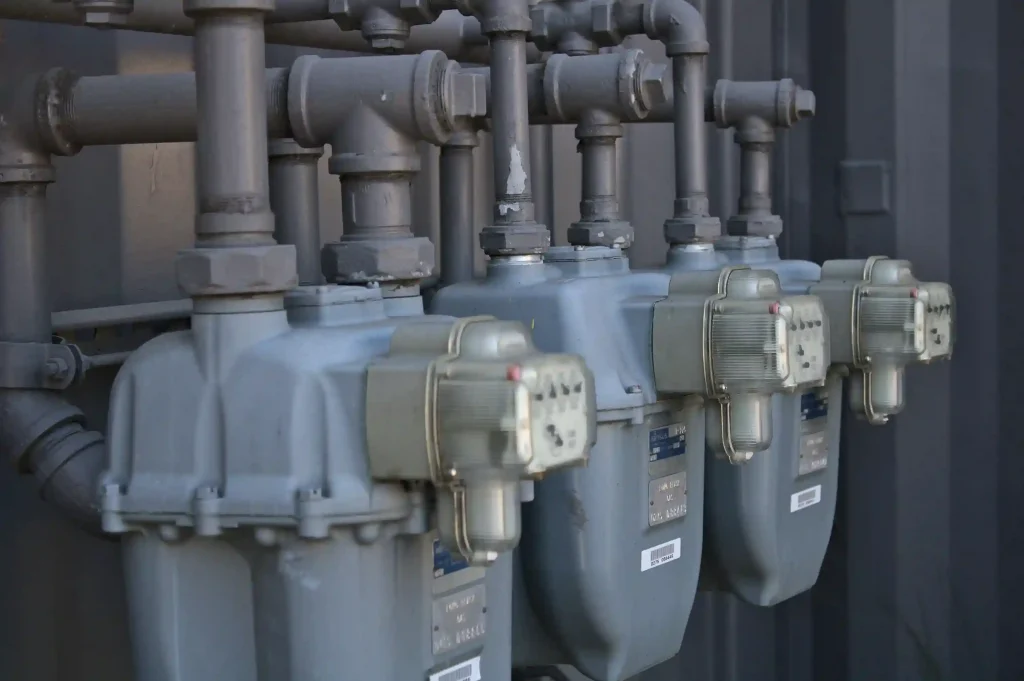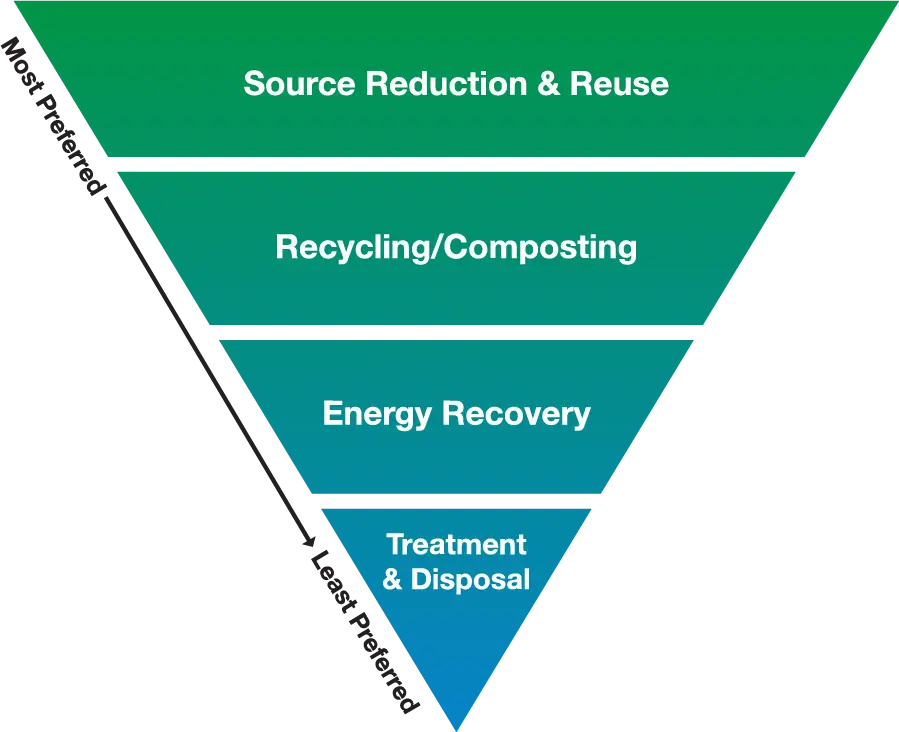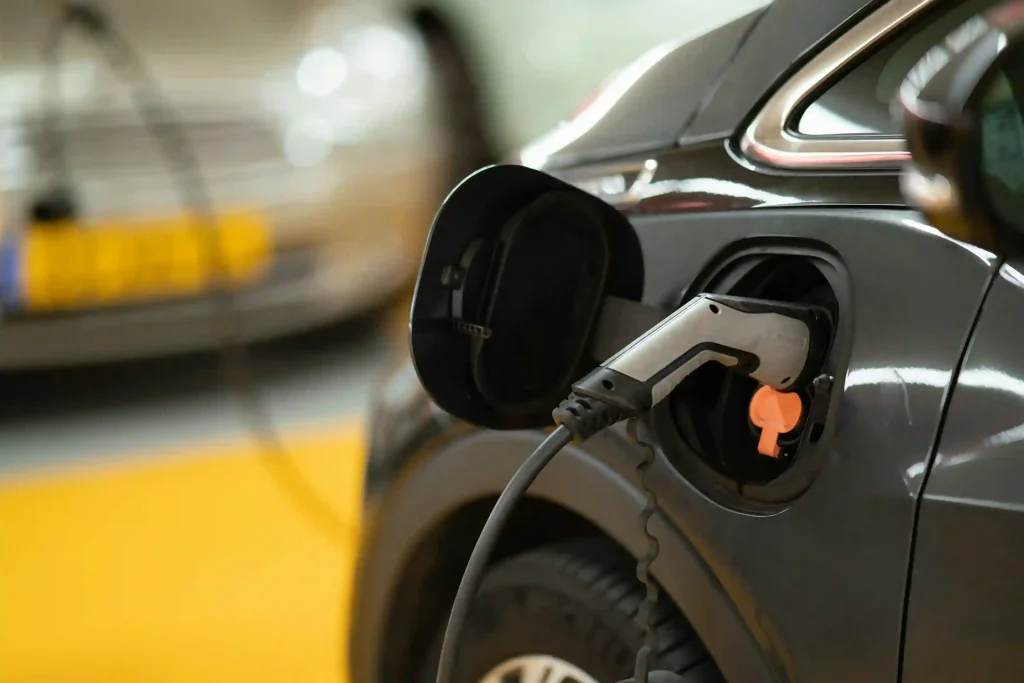
10 Sustainable Business Practices to Make a Difference
By Ketul
Update 04 Sept, 2024
10 min read

Contents
In a rapidly changing world, where we have already breached the 1.5 degree Celsius barrier, not once, but multiple times, each business, individual and household needs to take tangible action to do their bit (or a lot more) to mitigate climate change. If you’re looking for small, doable steps to get started on your sustainability journey, here is a list of 10 sustainable business practices to help your company become more carbon neutral in 2025!
1. Energy

One of the most impactful steps a business can take is to make the switch to renewable energy. Changing how a company uses energy and what source ofenergy they use are big stepstowardstheircarbon neutrality goals.
a. Investing in renewable energy - solar / water / wind
While it might seem like a costly investment, investing in the infrastructure for or connecting to a renewable energy source – solar / water / wind – will reduce your carbon emissions and your overall energy costs. Not only can the initial investment be recovered in 5-8 years, business owners report savings of 30-75% decrease in their electricity costs after switching to solar energy! 4 We have broken down the numbers for you – A 5-kW (kilowatt) rooftop solar panel can help you save nearly 600 units of electricity every month. This will successfully reduce your electricity bills by approximately INR 5,500 every month.
b. Creating a more sustainable workspace in terms of lighting / heating / cooling systems
Adopting green building standards ensures that company facilities are energy & resource efficient. There are a lot of natural and sustainable building solutions today that optimize cooling, heating and lighting. (Check out Ant Studio, an sustainable architectural firm). This provides a healthier work environment and reduces operating costs as well.
c. Energy-efficient alternatives
Replacing old appliances with those that meet Energy Star standards is another impactful measure. Energy Star appliances are designed to be more energy efficient than standard alternatives. In addition to direct upgrades, conducting an energy audit is valuable for identifying critical areas where energy usage can be optimized. An audit can pinpoint specific appliances or systems that consume excessive amounts of energy, highlighting opportunities for further improvements. While this is typically the starting point for long-term energy-efficient improvements, it can be used in tandem with near-term solutions.

2. Waste
If a big step likeswitching to renewableenergy is daunting, wastereduction is a simpler firststep for you to start on yourcarbon neutrality journey.
a. Reuse / Cut out single-use plastic
Multiple simple solutions can be implemented very quickly for reducing plastic waste in the workplace – encouraging workers to use their own reusable water bottles instead of daily disposables, a simple coffee machine that uses grounds instead of single-use pods and stocking the office kitchen with reusable crockery, cutlery, mugs and glasses.
b. Segregate & Recycle
Another extremely easy step is to recycle whatever is used within the office, like cardboard, paper, plastics, metals, and even glass. Wet and food waste should be collected separately and composted or given to an organization that does. Use this handy reference to get started on your segregation journey.

3. Water
Reassessing and reducing your company’s water usage is also something that’s relatively easy to do as an initial step.
- Efficient water use, through technologies such as low-flow fixtures, toilets and rainwater harvesting provide an immediate decrease in water usage, offering a straightforward method for conservation. Additionally, implementing greywater recycling systems allows businesses to reuse water from sinks, baths, and other appliances for non-potable purposes such as irrigation and flushing toilets. Conserving and reusing water reduces bills and makes your business practices more circular.
4. Reducing transport carbon emissions
This is a more organization-wide shift that requires buy-in from everyone, but once implemented, is an extremely effective measure
a. Green Commuting

You can promote the culture of green commuting within the organization by encouraging your employees to use public transport or carpool wherever possible, installing bicycle racks and electric vehicle charging stations and offering incentives for walking, biking, or taking public transportation to work. Covid also showed us that e-meetings can sometimes be as effective as in-person, allowing for some travel across cities to be cut down. These initiatives not only contribute to the reduction of greenhouse gas emissions but also foster a healthier, more environmentally conscious workplace culture.
b. Remote / Hybrid Work Options
Depending on the nature of your work, by allowing employees to work from home or adopt flexible schedules, companies can lessen the environmental impact of daily commutes. This can lead to reduced office expenses and lower scope 1, 2 and 3 carbon emissions related to transport, communication and office energy use.
The next few practices we’re suggesting require a top-down approach and digging deeper into the functioning of the business at its core. That said, oncethechanges have been effectively implemented, you willsee a massiveleap towards carbon neutrality.
5. Using Biodegradable Packaging Solutions

If you are a manufacturing company, exploring different sustainable packaging options might be a great way to reduce your carbon footprint dramatically. While it might be an expensive investment at first, it will take you very quickly towards being a carbon neutral company.
Companies like this are working on creating entirely biodegradable packaging options. According to a 2020 McKinsey report, when consumers were asked if they care about buying environmentally and ethically sustainable products, they overwhelmingly answered yes. More than 60% of respondents said they’d pay more for a product with sustainable packaging.
6. Optimized Logistics & Shipments
Another effective way to reserve fossil fuels within logistics and shipments is through route optimization. Strategically packing shipments and containers in a way that allows you to use as much space available to deliver as much product as possible each time is a crucial step that has to be integrated in the operations of a business to be as carbon positive as they can. Using technology today, you can better predict how many goods or materials can be sent or received at one time in the most pragmatic and sustainable way.
7. Sustainable Supply Chain
In order to build a more sustainable supply chain, you need to have an understanding of how your suppliers extract or produce raw materials and if they have ethical labor and trade practices in action. Today, through the Internet of Things (IoT) and blockchain technology, it is possible for you to regularly audit a vendor and supplier procurement practices, as well as monitor and report on environmental and working conditions. The more interconnected you are with your supply chain, the easier it is to be transparent with customers, investors, and other organizations. Today, younger and more aware consumers demand that the brands they associate themselves with are transparent and honest about their sustainable supply chain.
8. Closed-Loop Supply Chains
A closed-loop supply chain is one in which businesses reuse their production waste to create new products. Not only will it make you more carbon positive, it will undoubtedly help the company’s bottom line because you no longer need to keep buying fresh raw material. If you are unable to resuse your production waste yourself, you can tie up with other, smaller organizations like this that will take your factory waste and use it as their raw material. While that may not be a closed-loop it still reduces new raw material from coming into the system.
9. CSR/ Carbon Assessment
Corporate Social Responsibility (CSR) of a company requires it to carry out its business in an ethical way, taking account of their social, economic and environmental impact. There are many organizations a business can associate itself with, for implementing its CSR and working towards carbon neutrality at the same time, such as tree planting.
MSMEs can also engage in carbon credit programs as another option. By adopting the measures to reduce CO2, firms can generate carbon credits that are also available for trade or sale. This not only adds to revenues but also helps in fighting against global warming. This organisation works towards helping businesses balance their carbon footprint. However, buying carbon credits is not something that should be done just to mitigate all other damage being done by a business – active sustainability practices still need to be put into place before one can think about reducing their carbon footprint this way.

10. Employee Education and Engagement
Lastly, while any of the sustainability practices talked about above are a great start to your carbon neutrality journey as a company, none of them can be successful long-term without the employees of the organization being ingrained into and passionate about the culture of sustainability. Regular training sessions and sustainability workshops can embed these values deeply within your corporate culture, keeping each and every person inspired and engaged.
A survey by PwC, ‘Voice of the Consumer Survey 2024’ interviewed 1,000 Indian consumers, and revealed that climate change is a key driver influencing consumer behaviour, with 46% of respondents identifying it as a significant threat. This concern has led 60% of consumers to alter their purchasing habits, favouring products that promote water conservation, eco-friendly packaging, and waste reduction.
Make 2025 the year to take your company from carbon negative to carbon positive, and be the global citizen the planet and your consumers need you to be today!
With circular economy model at its core, Hasiru Dala Innovations offers three primary services:
Related articles


Why Composting?
